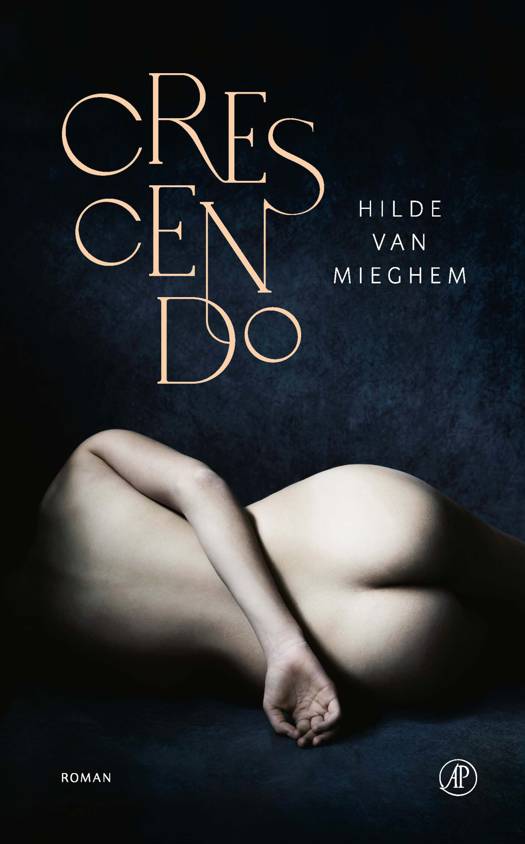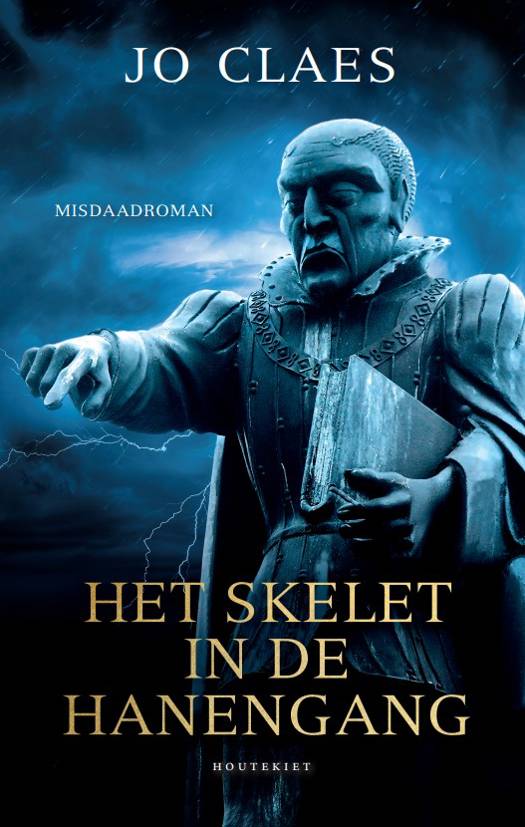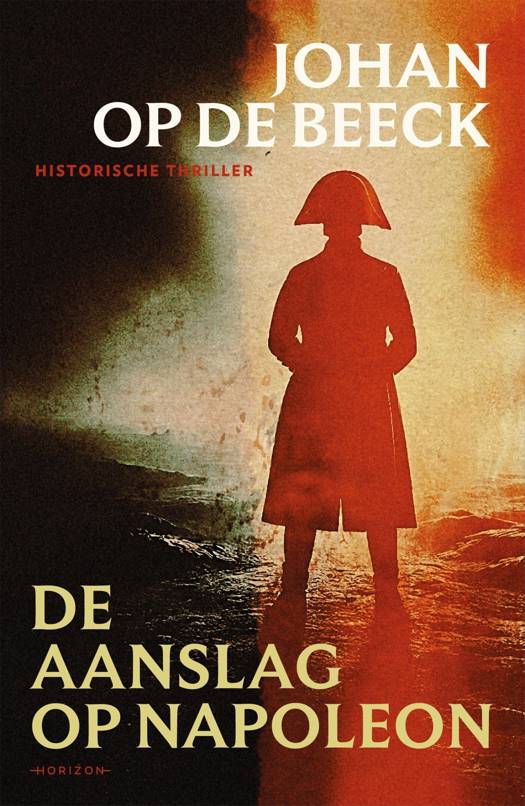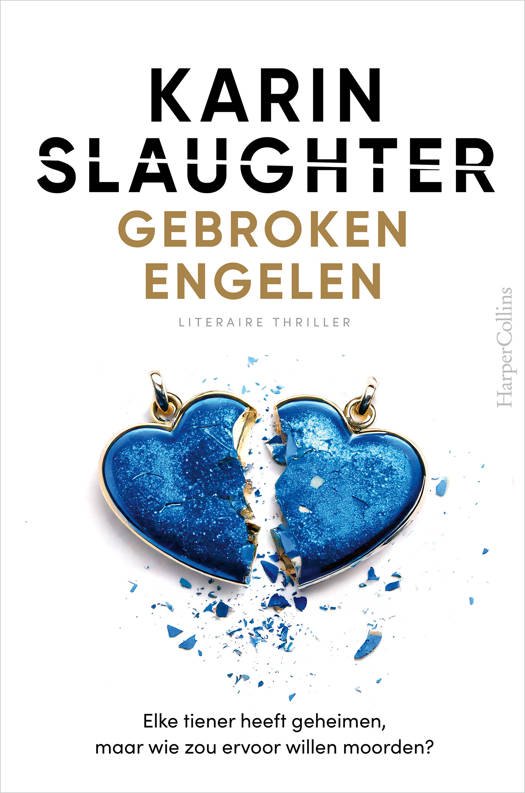
- Afhalen na 1 uur in een winkel met voorraad
- Gratis thuislevering in België vanaf € 30
- Ruim aanbod met 7 miljoen producten
- Afhalen na 1 uur in een winkel met voorraad
- Gratis thuislevering in België vanaf € 30
- Ruim aanbod met 7 miljoen producten
Zoeken
Omschrijving
Sir John Soane (1753-1837) was one of the most inventive and original architects of his time. His works include the remodelling of the Bank of England (from 1788), and Dulwich College Picture Gallery (1811-14). His most famous and enduring legacy, however, is probably his extraordinary house-museum, which Soane developed from three properties in the atmospheric London district of Lincoln's Inn Fields. In this unique establishment, which embodies Soane's architectural vision and his passion for collecting, he accumulated an outstanding collection of plaster casts and more than 7,000 books, together with such spectacular items as the sarcophagus of the Egyptian king Seti I. This compelling book, featuring a wealth of specially commissioned images by renowned photographer Derry Moore, is a revised and updated edition of the first illustrated history of and guide to the museum since Soane published his own account in 1835.
Written by a former director of the museum, and including the latest research into the creation of the house and its collections, the book begins with a succinct and insightful history of Soane's life. It reveals how he not only used his house-museum as a laboratory for developing his architectural ideas, but also intended the collection to become an 'Academy of Architecture' that would inform and inspire students for generations to come. Today, in an enduring testament to Soane's remarkable energy, flair and commitment, the museum, perfectly preserved in all its idiosyncratic style, continues to attract more than 100,000 visitors each year, many of them American.
The second part of the book comprises a room-by-room tour of the building, including details about Soane's eclectic collection. The vivid text and evocative photographs, featuring many previously unpublished watercolors and artefacts, provide an eloquent account of this perpetually surprising, unforgettable cabinet of curiosities, which offers a fascinating and moving insight into the genius of an exceptional man
Written by a former director of the museum, and including the latest research into the creation of the house and its collections, the book begins with a succinct and insightful history of Soane's life. It reveals how he not only used his house-museum as a laboratory for developing his architectural ideas, but also intended the collection to become an 'Academy of Architecture' that would inform and inspire students for generations to come. Today, in an enduring testament to Soane's remarkable energy, flair and commitment, the museum, perfectly preserved in all its idiosyncratic style, continues to attract more than 100,000 visitors each year, many of them American.
The second part of the book comprises a room-by-room tour of the building, including details about Soane's eclectic collection. The vivid text and evocative photographs, featuring many previously unpublished watercolors and artefacts, provide an eloquent account of this perpetually surprising, unforgettable cabinet of curiosities, which offers a fascinating and moving insight into the genius of an exceptional man
Specificaties
Betrokkenen
- Auteur(s):
- Uitgeverij:
Inhoud
- Aantal bladzijden:
- 160
- Taal:
- Engels
Eigenschappen
- Productcode (EAN):
- 9781858946498
- Verschijningsdatum:
- 5/04/2016
- Uitvoering:
- Paperback
- Formaat:
- Trade paperback (VS)
- Afmetingen:
- 267 mm x 267 mm
- Gewicht:
- 1111 g
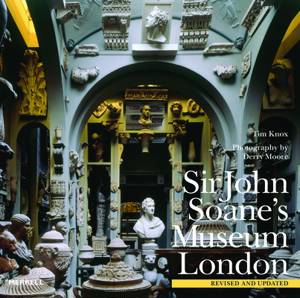
Alleen bij Standaard Boekhandel
+ 83 punten op je klantenkaart van Standaard Boekhandel
Beoordelingen
We publiceren alleen reviews die voldoen aan de voorwaarden voor reviews. Bekijk onze voorwaarden voor reviews.


